In 2019 it will happen in Europe, the battle of electroforged?

12 September 2018
The European LCV market-electric vehicles will be supplemented by models of local and Chinese brands
German manufacturers Volkswagen LCV, MAN and Mercedes-Benz at the same time bring to the European market its full-sized electroforged models e-Crafter, e-TGE and eSprinter. The official world premiere of the German Trinity will be held in Hannover at the IAA'18, but one they Spud the European market, of course, is not necessary.
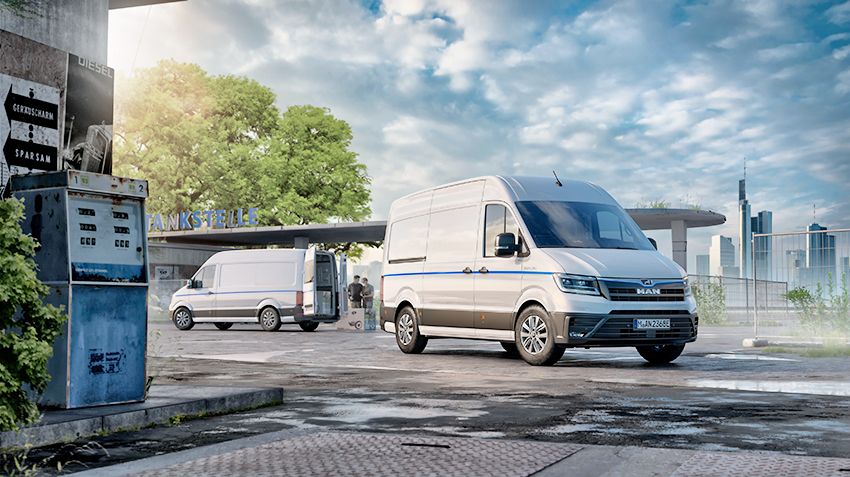
Van e-TGE was not only the first LCV of the brand MAN, but her first serial electric car
You may recall how on commercially available since 2009 commercial electric vehicle IVECO EcoDaily Van Electric (development Italdesign)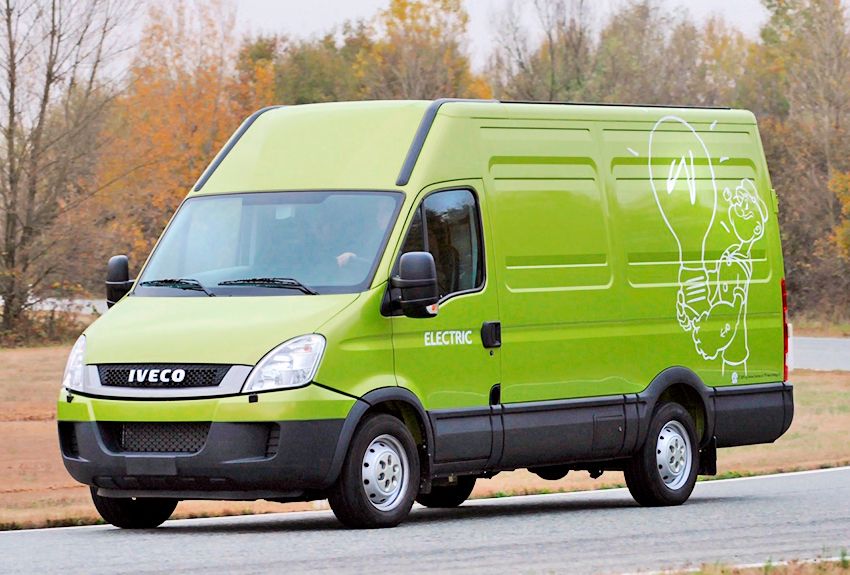
Italian IVECO quite successfully produces elektroorgana series of Daily Electric Van since 2009
and presented in July, the French Renault Master E. V. and for Chinese Maxus EV80 shown in China in 2015, and now the planned sales in Europe in 2019. Below will explain briefly about the manufacturers claimed main features of commercial electric vehicles, which will in coming years share and redistribute the nascent European market of the full-sized electroforged type of tsmf. However, they adjoin and a version with separate cabins, allowing you to install a variety of add-ins, starting with a simple side platform.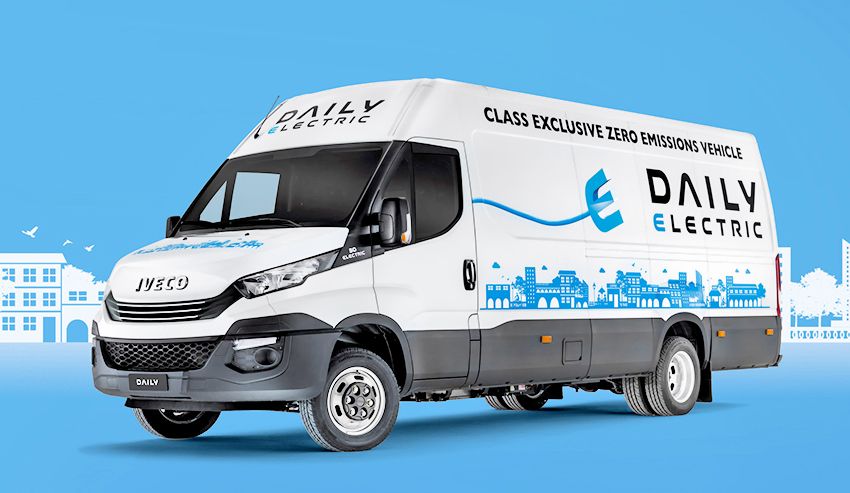
The most recent version of a commercial electric vehicle IVECO Daily Electric continues to use a lithium-iron-phosphate battery (the range of up to 200 km)
So, IVECO Daily Electric is already the fourth iteration of the sample 2017 created on the basis of initially adapted to the installation of electric transmission (and other types of power plants, by the way) family Daily. During this time, the power reserve of electric vehicles IVECO segment e-LCV has increased from 140 km (NEDC according to the method, by the way, not suggesting payload) c lithium iron phosphate battery capacity of 60 kWh, Saratovskaya for 7 h, although the basic equipment Van included Electric 30-kilowatt battery, provides only 70 kilometers, albeit with twice shorter (3.5 h) time of charging. The modern model of Daily Electric sample 2018 (GVW 3.5–5.6 t) with a body tsmf or van, equipped with a 60 or 80-kilowatt electric motor, and continues to be lithium-iron-phosphate battery, which the manufacturer claims is less affected by temperature changes and weather conditions, 100% suitable for recycling and recycling and has a high energy density, component 110 W•h/kg. The latest generation of such batteries become 20% more durable and light, which provided the increase in capacity of chassis 100 kg. Now Daily Electric depending on the length of the body can carry 1541-1623 kg.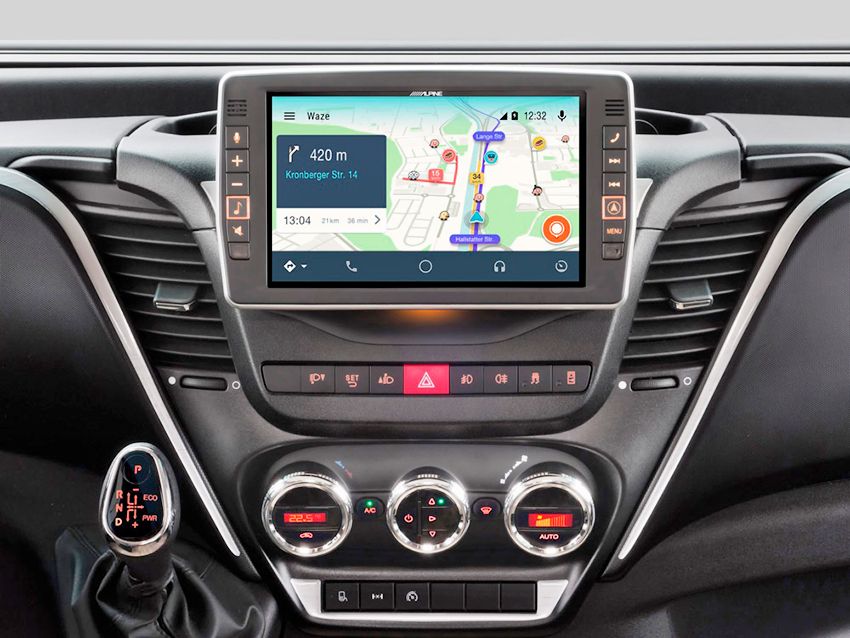
The joystick on the panel Daily Electric now allows you to choose the most appropriate mode of recovery, and the tablet TomTom® Bridge – find the nearest recharging station
The updated electric car has received driving modes Eco or Power, and an improved regenerative braking system with three modes, selectable joystick from free to active coasting deceleration when you release the accelerator pedal, which together provide in real city conditions mileage up to 200 km (with three batteries, but you can order two or even one). Price in the UK is, respectively: £60 000 and £80 000 and £100 000. However, the British government offers a subsidy of 20% but not more than £8000 for LCV with GVW not exceeding 3.5 tonnes and up to £20,000 for MCV heavier than 3.5 t. by the Way, the possibility to bring the gross weight up to 4.25 tonnes for the preferential tax category e-LCV, which adds 350-400 kg payload. Center of the rear axle have a single Daily Electric (version tsmf – 35S or odnoimennaya 35C) or gable (45C/50C). His "slow" charging from 3.5 to 11 kW (16A/400V) device public or private access is 10 h and from "fast" to 22 kW (32A/400V) public charging station – just 2 hours to recharge If Italian electric car from a household socket (16A/230V) via a 3.5-kilowatt charger, it will take exactly one day. Progress in almost a decade as if on the face, but not too impressive. The number of attractive gadgets at the IVECO Daily Electric (as well as in all new series Daily) specials universal holder for tablet TomTom® Bridge. On the screen displays information about energy consumption and the level of recovery. Electroforged IVECO Daily Electric is already a reality on the European market, but the latter-day German competitors have yet to prove their merits to customers, and to do this on the backdrop of strong price competition.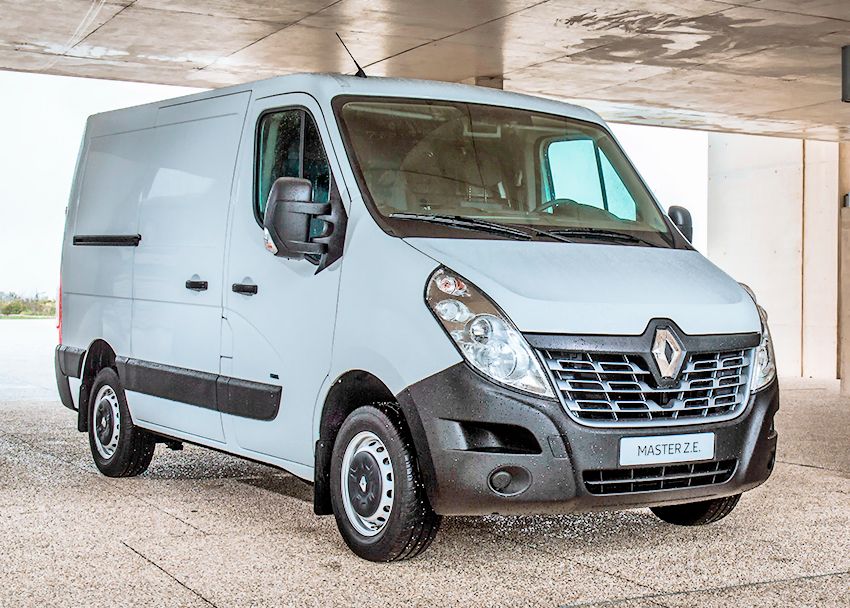
Electric version of the Renault Master van Z. E. 33 practically does not differ from the original diesel models
In 2017, his version of the similar purpose of elektroorgana Master Z. E. 33 total weight 3.1 t showed Renault Truck. In the series model has gone since the summer of 2018. The price of the underlying short wheelbase and low roof versions of the Van L1H1 (volume 8 m3) is in Germany from €77 460 excluding 20% of grants and €550 64 with its light. Long-wheelbase version of the Van L3H2 (volume 13 m3) is, respectively, €80 and 400 €67 000. Side the base version of the Platform L2H1 worth, respectively, €75 600 €63 000. French electrofuge (an electric truck) equipped with an electric motor with a capacity of 57 kW with a maximum torque of 225 N•m. Li-ion rechargeable battery with a capacity of 33 kW•h provides the mileage of up to 200 km (for sparing technique NEDC), the average actual reserve with an average power consumption of 21 kWh/100 km does not exceed 120 km, and at maximum load with the a / C or heater, but in Eco mode at a constant speed of 80 km/h is 80 km and the Maximum speed reaches 100 km/h. Charging is indicated only slow a 2.3-kilowatt from the mains and takes 17 hours Electrolitul steering and ABS with EBD are included as standard. I wonder is the warranty on an electric car, which is 4 years and in the first two years mileage is unlimited, and the 3-th and 4-th – 100,000 km drivetrain warranty is 4 years or 100,000 km battery has 5-year warranty or 100,000 km when you save 66% capacity. For corrosion protection, there are 12-year warranty and on the integrity of the paint coating – 3-year-old.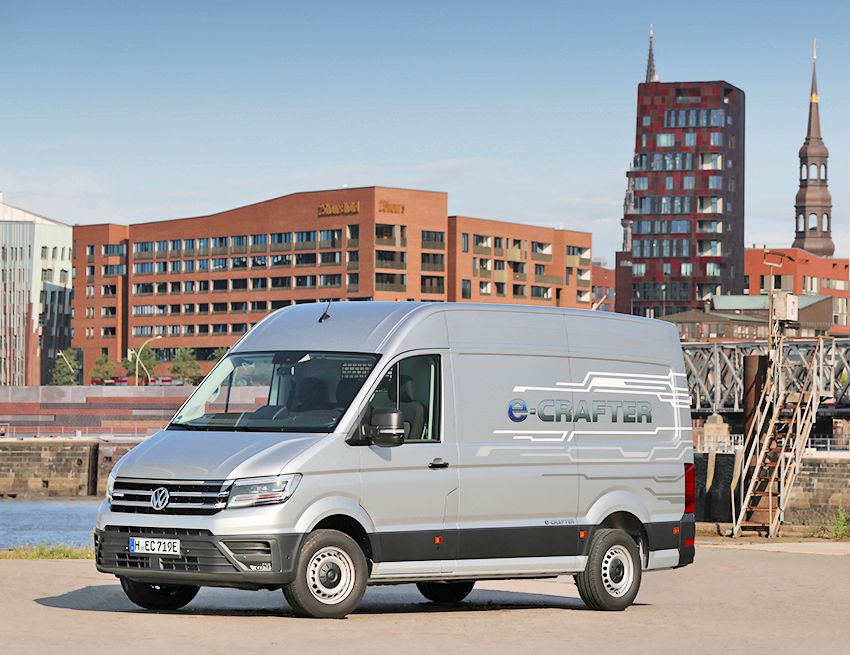
The most important advantages of commercial electric vehicles, the European manufacturers specify in addition to Zero-emissions, also the possibility of access to closed for a conventional auto zone (pedestrian zones, parks, warehouses, etc.)
About the characteristics and features of an electric vans Volkswagen e-Crafter and almost identical (except for the grille and badging, including on the steering wheel) MAN e-TGE we have already mentioned in sufficient detail. One has only to recall the price of electroforged, starting from €69 500. Both models can be recharged to 80% capacity battery in 45 minutes from the "fast" charging station (CCS Combo). A full charge from "slow" a 7.2-kilowatt of charger is only 5 hours 20 minutes.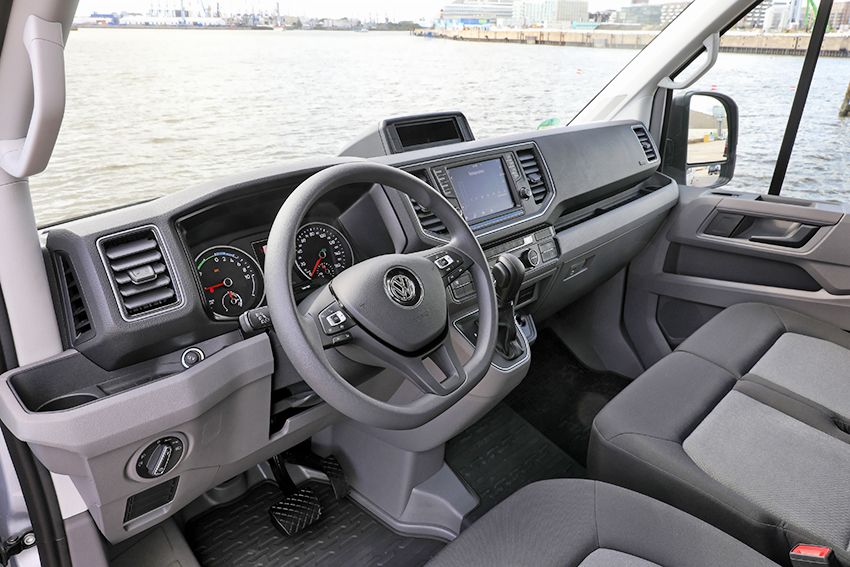
In terms of functionality and ergonomics the cab of the differences in electric e-Crafter and Crafter diesel just yet, though, the electric car is even less noisy
Both models are electric vehicles equipped with a 100 kilowatt electric motor (MM=290 N•m) and battery capacity of 35.8 kWh, which should be enough to run at 173 km (NEDC), and the maximum speed reaches up to 90 km/h. hundred kilometers elektroorgana VW and MAN consume 21,54 kW. The battery can withstand up to 2000 cycles of charge-discharge and over 10 years of operation, loses not more than 15% of its capacity. However, the actual races show the actual reserve with the active drive no more than 60 km something is not enough even for slow city driving on short distances.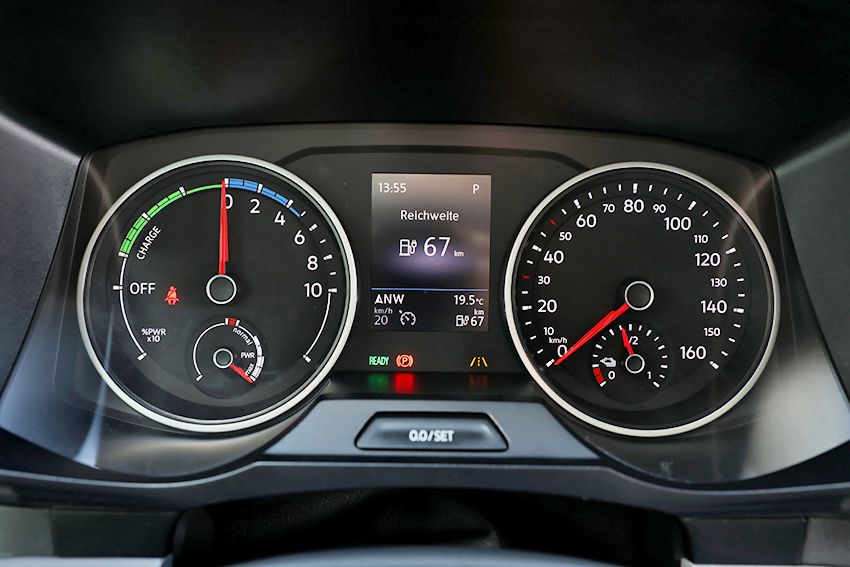
The major device in an electric vehicle is the pointer of the battery level and the remaining count reserve
Electroforged Mercedes-Benz eSprinter created on the basis of the new platform W910 (front-wheel drive iteration) and is equipped with a choice of battery capacity of 41.4 kWh or 55,2 kWh, providing in the maximal mileage to 150 km (in NEDC). Actual mileage loaded eSprinter even with the second of these (55-kW), the metering on journalistic test drive (magazine AR) was only 65 km at a "guaranteed" producer at least 100 km. it Turns out that without intermediate recharging elektroorgana European brands often not able even to go back to the garage!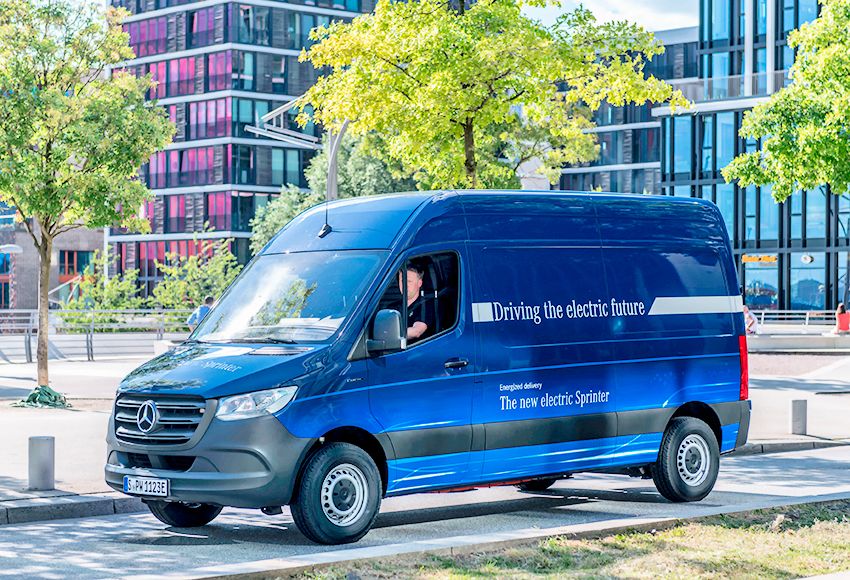
As sworn competitors VW and MAN new electroforged MB eSprinter was conceived at the development stage of the new platform
Chinese electrofuge (electromicroscopy) Maxus EV80 made on the basis of series Maxus V80 is a direct heir to the English series LCV Maxus, produced bankrupt in 2009, the brand LDV, at the root of repurchased Chinese concern SAIC and exported to China with all the equipment.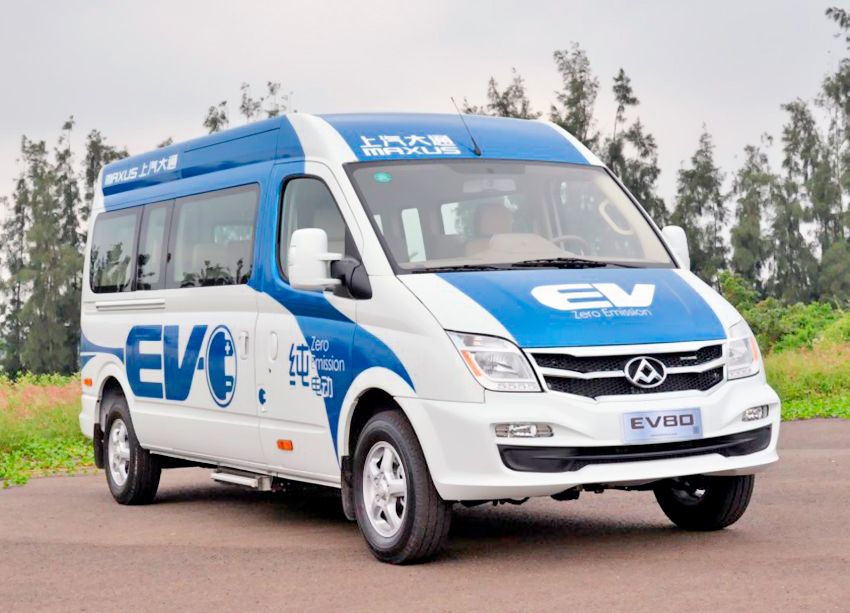
Elektroversiya EV80 released not English, and who inherited from them a series of Maxus the Chinese from SAIC
EV80 electric version introduced in Shanghai in 2015, and now just arrived, time to shift sales to the European continent. Moreover, the Chinese manufacturer has something to interest European customers and, above all, competitive price. So, the basic short wheelbase version with a low roof in Germany is estimated as €49 000, against the background of at least a quarter more expensive IVECO and 40% more expensive Germans seems to be almost a breakthrough.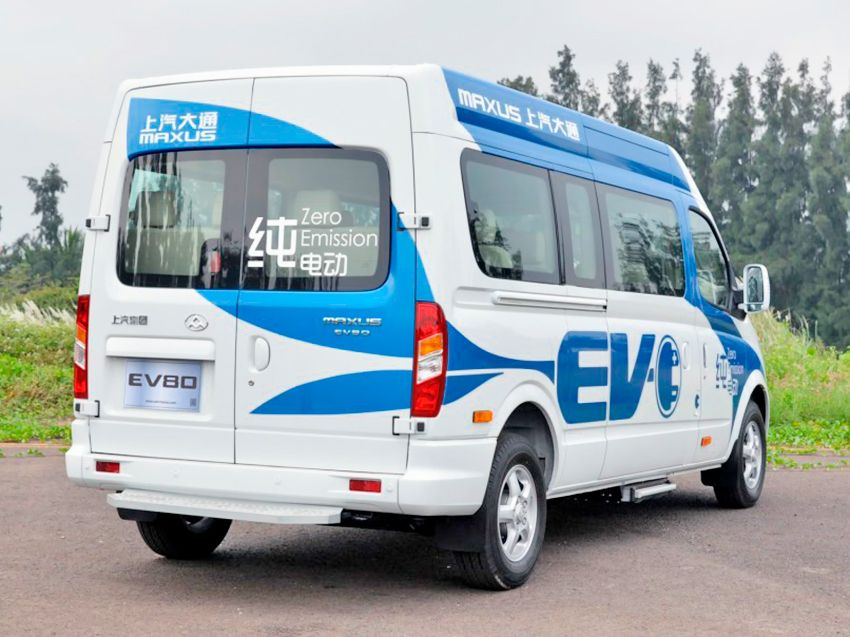
External differences Maxus EV80 diesel LDV Maxus with the exception of the painted graffiti of the body and the lack of exhaust pipe no
In China it is equiped with a battery capacity of 75 kW•h, which gives a range of 230 km (according to NEDC), although Europe claimed mileage of not more than 200 km. Obviously, because of the need to use effete Europeans conditioner or heater. "Fast" charging takes 2.5 hours, and "slow" allegedly not provided at all. The volume of the van with a standard roof – 10,2 m3, and high and 11.5 m3. In the future vans will complement the passenger van, and initially in the social version, i.e. equipped for carrying disabled persons in wheelchairs.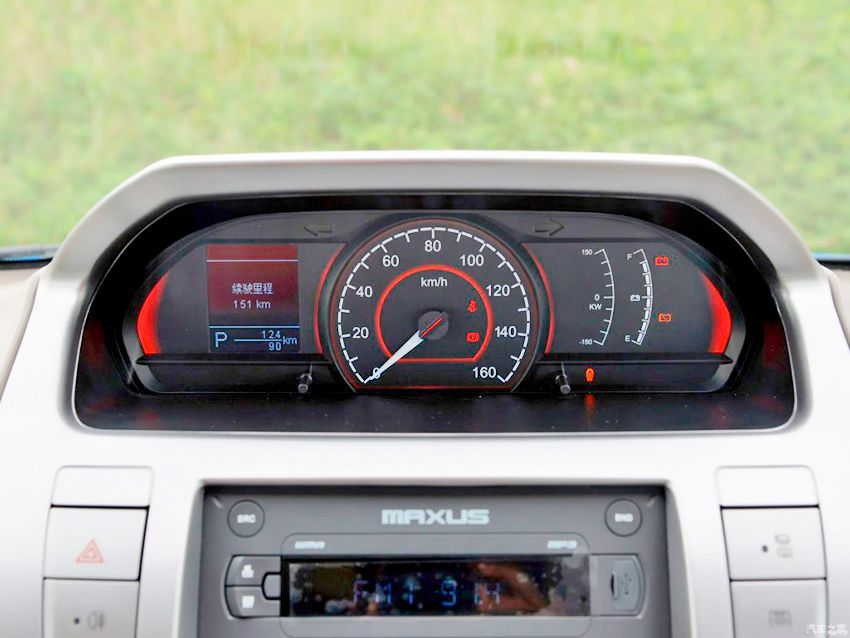
About electric traction on EV80 resemble "electric mobility" of the scale and the display of the onboard computer in the instrument cluster
The first samples of the EV80 has already been tested in several European countries and regular deliveries will start in 2019. In any case, the availability of cheap Asian alternatives will not give European producers too to lift up the price in the calculation of state subsidies for LCV-electric vehicles. And there you see, and a new generation of more powerful and cheaper batteries will catch up.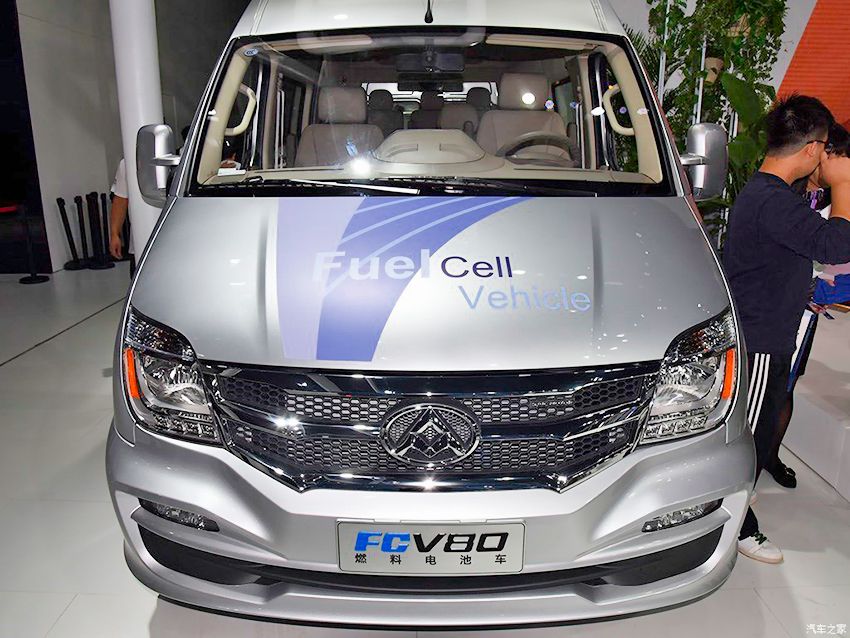
In 2017, SAIC showed the version of the Maxus FCV80 hydrogen fuel cells
PS Some alternative EVS are not batteries, and hydrogen fuel cells (FCEV). Examples of such electric vehicles with such sources of energy showed not only Mercedes-Benz, but also the Maxus. However, it is only a bright future because fuel cells are too expensive, and hydrogen filling stations yet, even in Europe, only a cat laugh.
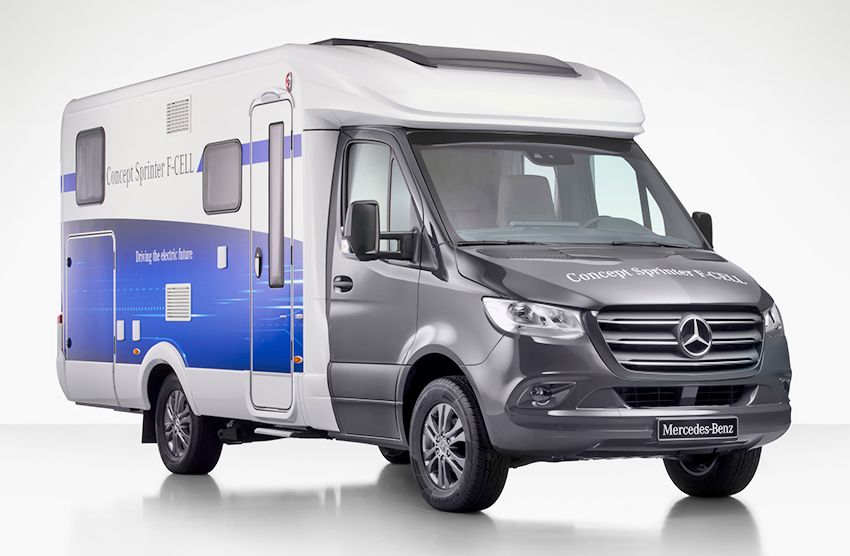
Perhaps the concept motorhomes (caravan) on a hybrid chassis Mercedes-Benz Sprinter with hydrogen fuel cells and small buffer battery of 9 kWh, demonstrates the bright future of all the European and global automotive industry
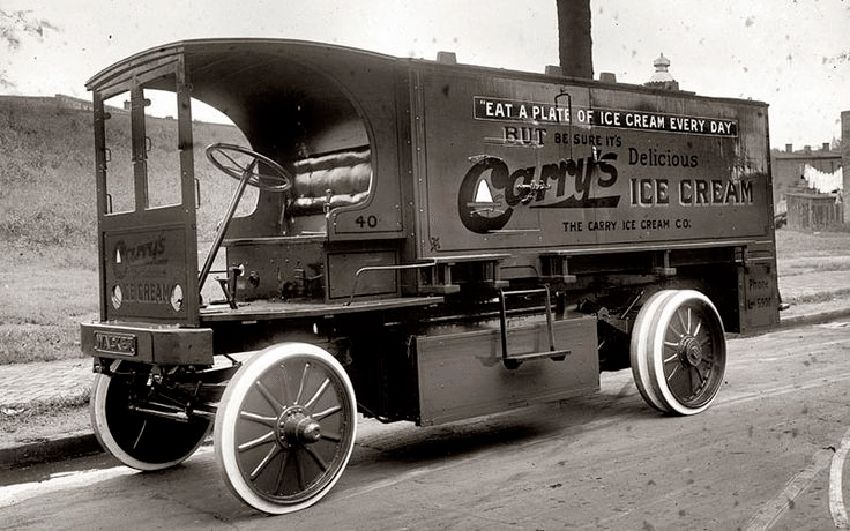 Everything is new – usually well forgotten old. Like this riding the electric car of the early last century, the purpose of which is no different from his contemporary followers
Everything is new – usually well forgotten old. Like this riding the electric car of the early last century, the purpose of which is no different from his contemporary followers
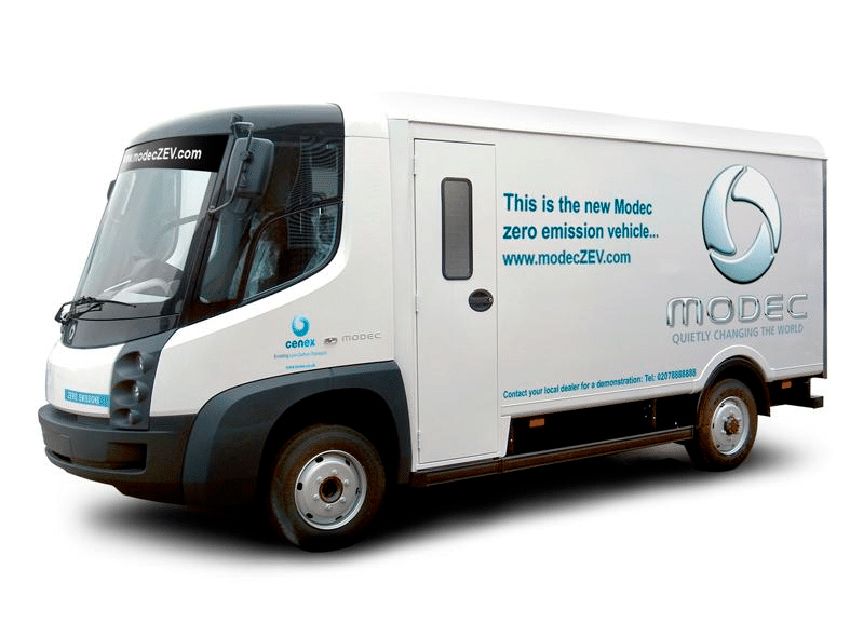
More recently, in Europe have been relatively a lot like these small producers, this MODEC, whose distribution electroforged shown in the photo. But, this brand like many others have gone in the summer, and now they are replaced by the giants of the global automotive industry
.
|
|
|
Element was not found.








